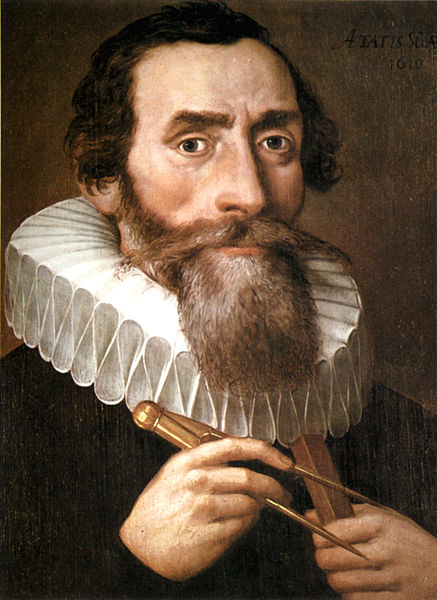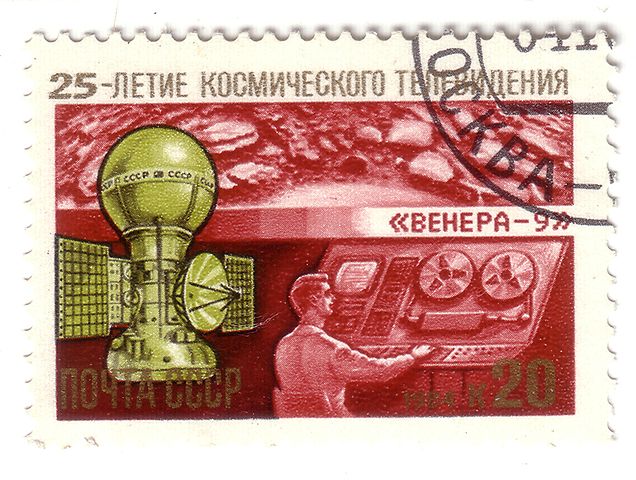Follow me:

Date posted: December 29th 2016
Book Title: Cosmos (continued)
Chapter 3: Intelligent life
As the eons went by, life started to understand the cycles of the Earth. Some ran away from these cycles—and hid in caves or deep underwater—but others learned to live with the changes dictated by nature, and synchronized their habits around them. Most animals and plants, for example, follow the seasonal changes of the Earth. They have learned when to eat, when to sleep, when to reproduce, when to be active, and when to save resources for an upcoming (cyclically known) scarcity such as winter.
Humans in particular became very fond of these cycles. After all, they give us comfort, they let us know what to expect, and what to prepare for. And since all these cycles are related to the Earth’s position with respect to the Sun and the moon, we have learned to look up to the sky in order to predict what’s coming.
However, being imaginative creatures, and having very limited technology, we gave this sky pattern recognition (and prediction), a little more power than it deserved… Yes, the Sun is extremely powerful, and yes the moon is close enough to have an influence on the tides (among other things)—they both affect what we do and how we live. But planets and stars are simply too far away to have any influence on us. Nonetheless, naive humans of the past, biased the patterns of these faraway objects and decided that they somehow had an influence on us. This was the birth of astrology.
We started noticing that there was a background of seemingly static bright dots (called stars), and then five very special dots that over a the course of a few months moved all over the place—almost independent of the background—Mercury, Venus, Mars, Jupiter and Saturn. We were so fascinated by these dots, and by our belief that they somehow controlled our lives, that we named them after Gods. We also noticed that some of them, Venus, Mercury and Mars (the smaller Gods) moved much faster compared to Saturn and Jupiter—the bigger, calmer and more powerful gods. The fastest moving one was in fact named Mercury, “the messenger of the Gods”1
Fortunately some clever individuals started applying science to the observation of the sky, and found out that these bright dots were actually far more interesting things than Gods. Applying science to Astrology gave birth to Astronomy, and this practice would never look back at its mystic parent.
You can say that it all started with Copernicus in the 16th century, he was one of the first persons in the Common Era to think of a Heliocentric system (one where the Sun is in the center rather than the Earth). But unfortunately he was a prisoner to the time in which he was born. His ideas were ignored or even condemned by the church—despite the fact that he dedicated his most representative book to Pope Paul III.

Nicolaus Copernicus
Image under Public Domain via Wikimedia Commons
It took another 100 years for someone thinking outside this mystic box of religious beliefs, to give Astronomy another try for humanity’s sake. His name was Johannes Kepler, and although he was somewhat inspired by mystic ideas such as the 7 heavens, and the pythagorean perfect solids, he was a little more clever than that—a little more curious.
Kepler was fascinated with the peculiar pattern in which Mars moved across the sky. At a certain point in the year, Mars seems to “travel backwards” (as the egyptians used to say). When Kepler saw this funny loop that Mars makes, he asked the key question that every scientific breakthrough starts with, “why?” He slowly separated from egocentric models that put the Earth at the center of the universe (like that of Ptolemy), and with the help of his mentor Tycho Brahe, Kepler figured out that Mars had an elliptical orbit. In fact it’s orbit is the most elliptic among all the planets in our solar system.
The funny loop Mars makes across the sky turns out to be just a matter of perception, but once he realized the ellipticity of its orbit it was like opening pandora’s box. He came up with the first and second laws of planetary motion, which are absolutely essential for space travel—and a bunch of other scientific discoveries that paved the way for future scientists like Newton and Galileo. With his discoveries (Carl says), Kepler “stood at a cusp in history and became the last scientific astrologer and the first astrophysicist”.

Johannes Kepler
Image under Public Domain via Wikimedia Commons
Chapter 4: All about Venus
Once the heliocentric solar system was proved, our mathematical models started looking more scientific and less mystical. In other words, humans started basing their understanding of the universe on observation rather than just belief. At the same time, our fascination for the planets and other celestial bodies grew significantly thanks to technological advances like the telescope.
Galileo was the first to see Venus (the goddess of love) through his revolutionary invention in 1609 and we would never think of it in the same godly way again. Being able to look at Venus (this) much closer, led to more questions, and eventually revealed its size, its thick atmosphere, and the fact that it rotates in the opposite direction of the rest of the planets—We also found that its days are actually longer than its years!
Other questions about Venus were not answered until about three an a half centuries later in the late 1900s when we started sending probes to it. Around twelve man made objects have entered its dense atmosphere—and we have learned a great deal from these landings. For example we now know that its atmosphere is around 480°C and its pressure is 90 times higher than that on Earth’s mean sea level. We also learned that that it rains sulfuric acid inside this heavily green-housed atmosphere. “Venus suddenly started looking less like the goddess of love and more like the incarnation of hell”2. We might never colonize Venus, and there is very little to learn from it nowadays, but nonetheless it is a reminder of how bad things could turn, if the greenhouse effect is taken to the extreme.

Venera 9 was a spacecraft from the Soviet Union that was inserted into Venus’ orbit in October 20th 1975
Image under Public Domain via Wikimedia Commons
Chapter 5: The red planet
Mars is far more interesting than Venus. Unlike Venus we can see its surface, it has polar caps, storms, and clouds just like Earth does. It even has a 24 hour day!... Well 24 hours and 40 minutes. Either way, Mars was so interesting to early astrophysicists that Percival Lowell, at the end of the 19th century, got way too excited about what he saw through his telescope. Apparently he was seeing a system of canals. These canals, Percivall claimed, must be irrigations systems—suggesting intelligent life.
Imagine the headlines after his announcement! Unfortunately Percivall was limited by his primitive telescope, and a little obsessed about this idea, so he arrived to completely erred conclusions—even in the most basic measurements like surface temperatures. Wrong as he was, he inspired many children at the time, like Robert Goddard, an american Scientist who later developed the rocket. As a child, Robert dreamed about sending probes to Mars searching for the intelligent life that Percivall planted in everyone’s imagination.
Many spacecrafts have been sent to Mars, but it is a big place. The first couple of devices sent by the Soviet Union failed mysteriously. Then, the US Viking missions gathered some information—but no life. Mars is still being studied today, and is by far the best prospect for a second human colony. I think it is very likely that we will find microbes (or marscrobes as Bill Nye calls them) in the next 50 years or so. This discovery will seriously change the world.

The surface of Mars showing a southern polar cap and a surface glow from its atmosphere
Image under Public Domain via HubbleSite
Click on the next button to keep reading

